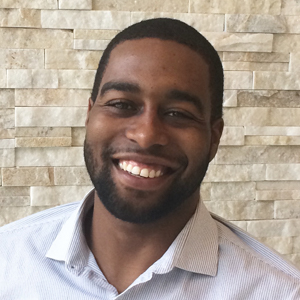‘There is a lot of work to do’
I am often told that I do not fit the stereotypical profile of a scientist. Is it because I am a tall, former collegiate swimmer and extremely extroverted? Or is it because I grew up in Baltimore City and posed for pictures at my Ph.D. graduation ceremony with dreadlocks under my cap? As you may have guessed, I am a young African-American male scientist. I am not the first, but I am still a rarity in the life sciences. My atypical look provides an opportunity to engage with others to deconstruct the stereotype and actively diversify the profile of scientists.
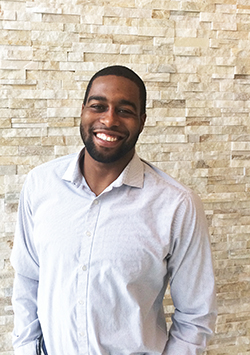 Christopher W. Williams
Christopher W. Williams
Although I am passionate about science, I realize that I could be the last scientist in my family. I accept that my future children may not be interested in following in my footsteps. However, I do not accept that a child, especially one who looks like me, may never have the opportunity to become a scientist and contribute to groundbreaking research, discovery and innovation.
My strategy to address this concern is to start the recruiting process early for the next generation of African-American scientists through effective science education and outreach initiatives. My recruiting tactic is simple: I show up. I consistently give my time and energy to disprove misconceptions about who scientists are, what they look like and how they can impact the world. The students do the rest of the work. They are challenged and encouraged with science lessons and, as a result, demonstrate improved reading, analytical, math and interpersonal communication skills.
My goal is not to turn anyone into a scientist but rather to improve scientific literacy and allow future scientists to reveal themselves. Ultimately, I want the students that I interact with to become more focused and confident individuals.
With that said, I must get going. There is a lot of work to do.
Enjoy reading ASBMB Today?
Become a member to receive the print edition four times a year and the digital edition monthly.
Learn moreGet the latest from ASBMB Today
Enter your email address, and we’ll send you a weekly email with recent articles, interviews and more.
Latest in Opinions
Opinions highlights or most popular articles

Debugging my code and teaching with ChatGPT
AI tools like ChatGPT have changed the way an assistant professor teaches and does research. But, he asserts that real growth still comes from struggle, and educators must help students use AI wisely — as scaffolds, not shortcuts.

AI in the lab: The power of smarter questions
An assistant professor discusses AI's evolution from a buzzword to a trusted research partner. It helps streamline reviews, troubleshoot code, save time and spark ideas, but its success relies on combining AI with expertise and critical thinking.
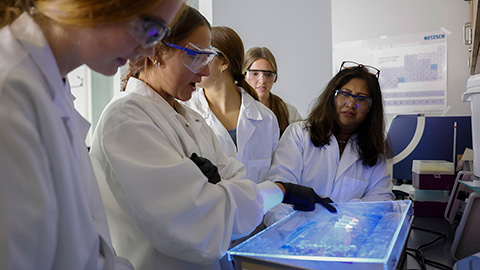
How AlphaFold transformed my classroom into a research lab
A high school science teacher reflects on how AI-integrated technologies help her students ponder realistic research questions with hands-on learning.

Writing with AI turns chaos into clarity
Associate professor shares how generative AI, used as a creative whiteboard, helps scientists refine ideas, structure complexity and sharpen clarity — transforming the messy process of discovery into compelling science writing.
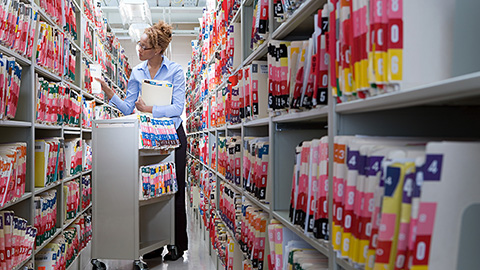
Teaching AI to listen
A computational medicine graduate student reflects on building natural language processing tools that extract meaning from messy clinical notes — transforming how we identify genetic risk while redefining what it means to listen in science.
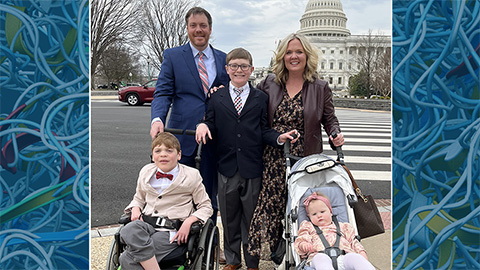
What’s in a diagnosis?
When Jessica Foglio’s son Ben was first diagnosed with cerebral palsy, the label didn’t feel right. Whole exome sequencing revealed a rare disorder called Salla disease. Now Jessica is building community and driving research for answers.

